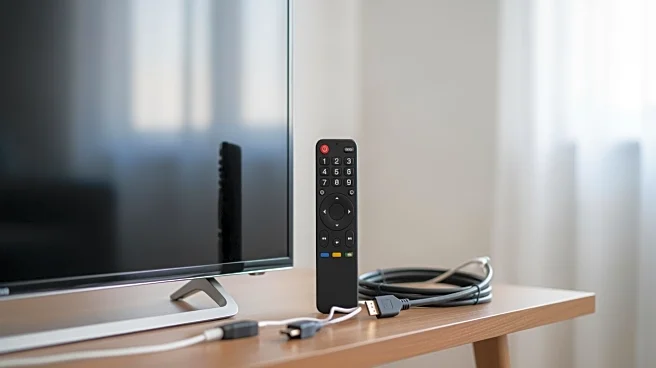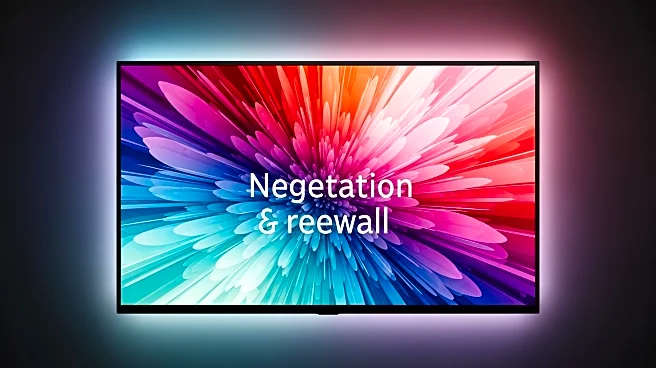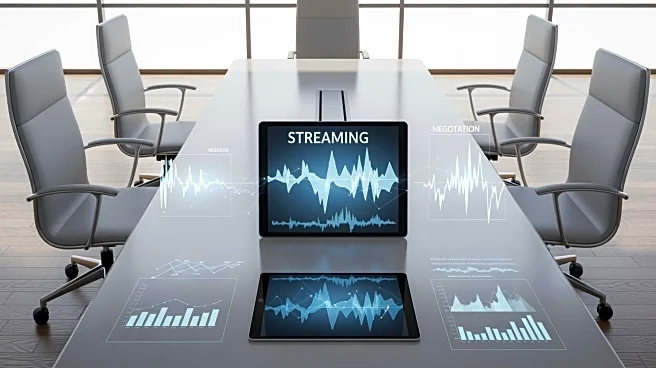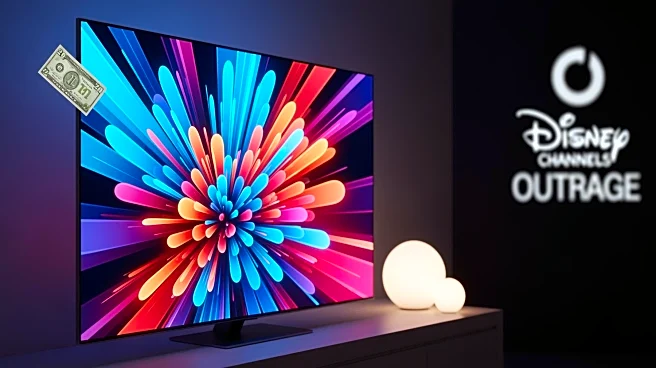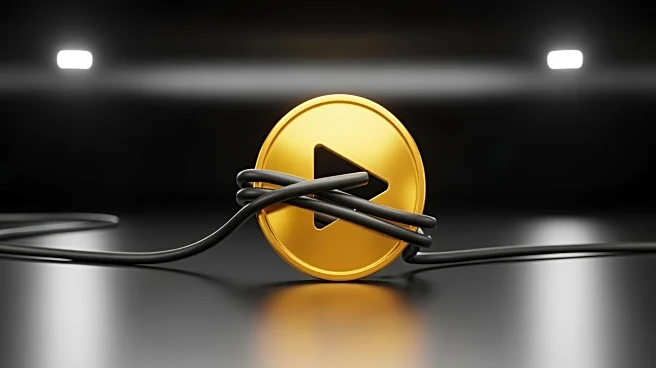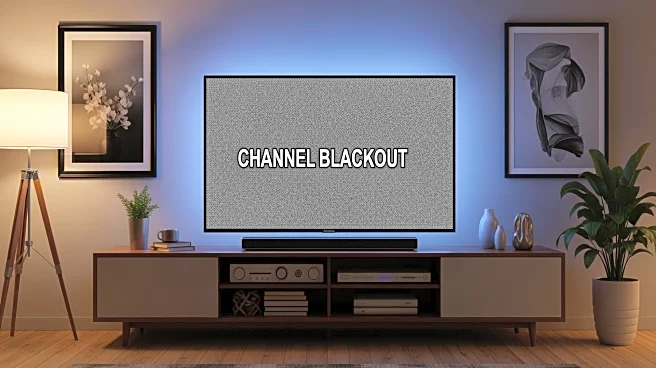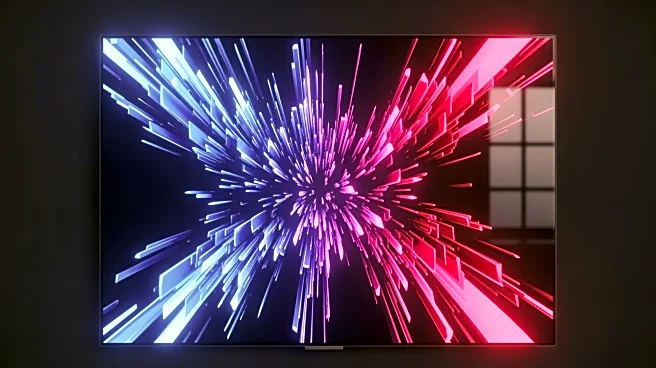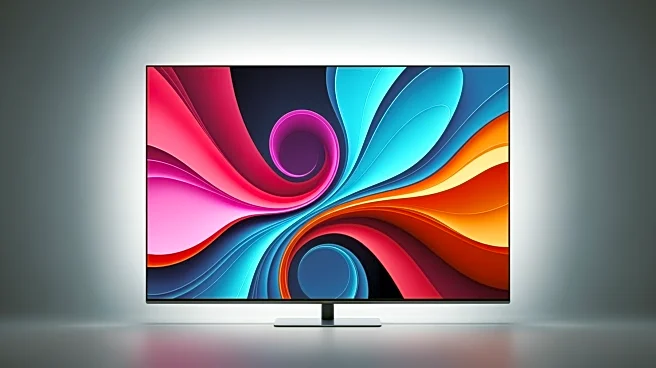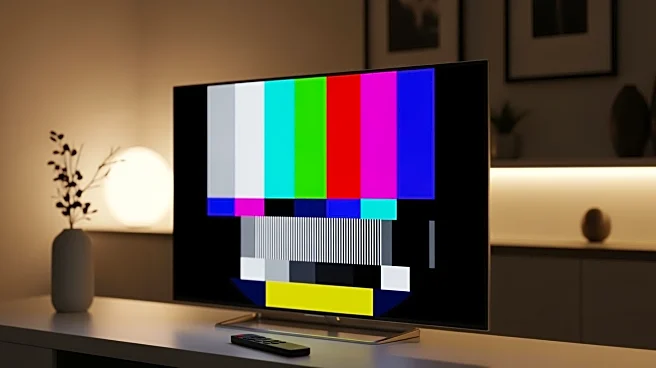What's Happening?
YouTube TV and Disney are close to reaching an agreement that would restore ESPN to the platform's subscribers. The ongoing dispute, which began on October 30, has led to the removal of Disney-owned networks,
including ESPN and ABC, from YouTube TV. The key hurdle in negotiations is the cost for Disney's ancillary non-sports networks, such as Freeform and FX. Disney's networks are bundled during carriage negotiations, which Disney views as offering a discount, while distributors see it as an attempt to include unwanted channels at a higher price. The involvement of high-level executives, including Google CEO Sundar Pichai and Disney CEO Bob Iger, suggests progress in negotiations.
Why It's Important?
The resolution of the dispute between YouTube TV and Disney is crucial for millions of subscribers who rely on the platform for access to popular channels like ESPN and ABC. The blackout has significant financial implications for Disney, with weekly losses affecting its earnings. The situation highlights the complexities of carriage fee negotiations in the streaming industry and the challenges media companies face in balancing fair compensation with the risk of losing viewership. The outcome of these negotiations could set a precedent for future agreements between streaming platforms and content providers, influencing how media companies approach distribution deals.
What's Next?
As negotiations continue, both YouTube TV and Disney are under pressure to reach an agreement that restores the channels to the platform. Disney's quarterly earnings call could drive the company to push for a resolution, as the blackout impacts its financial performance. The involvement of high-level executives suggests that a resolution may be imminent, but the exact timeline for restoring the channels remains uncertain. The outcome of these negotiations could have broader implications for the streaming industry, influencing how media companies approach future carriage fee agreements.
